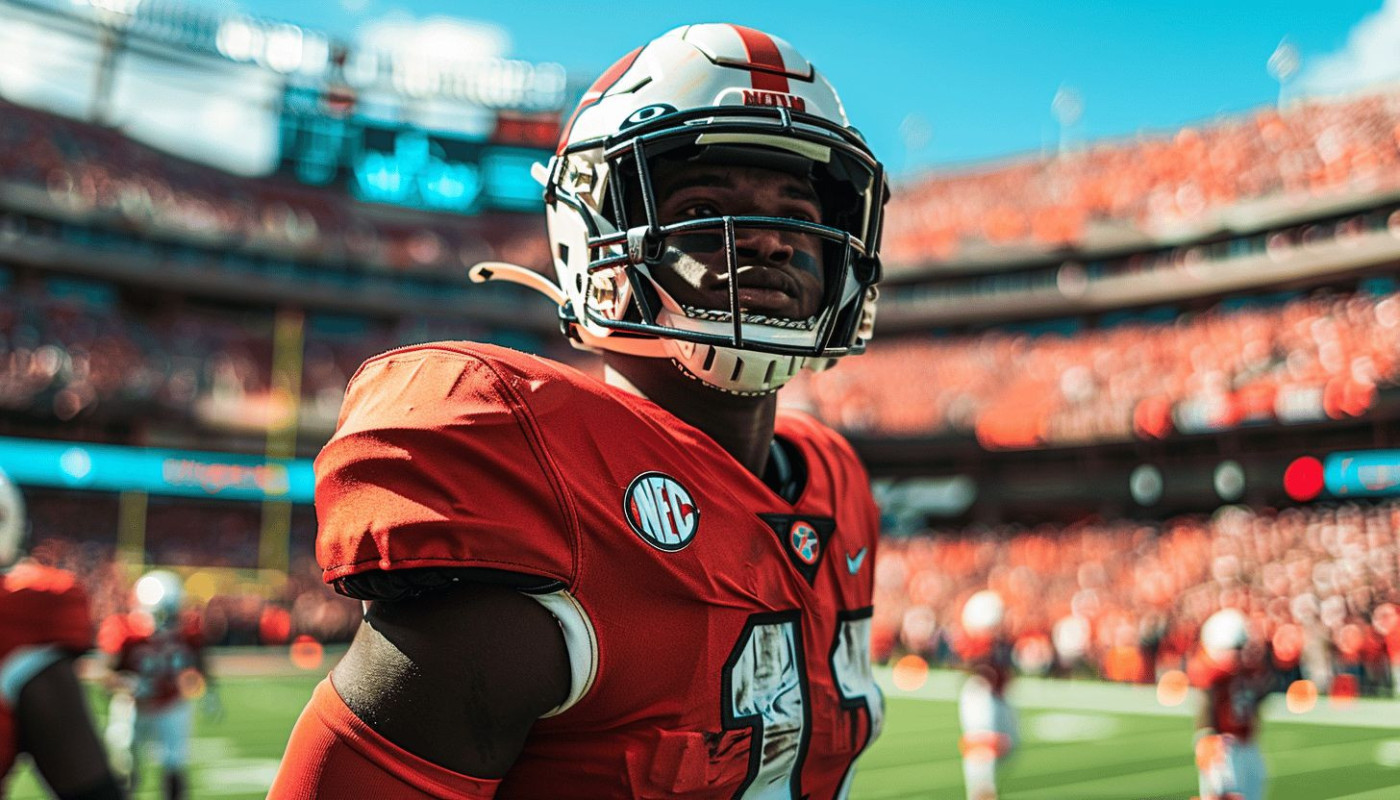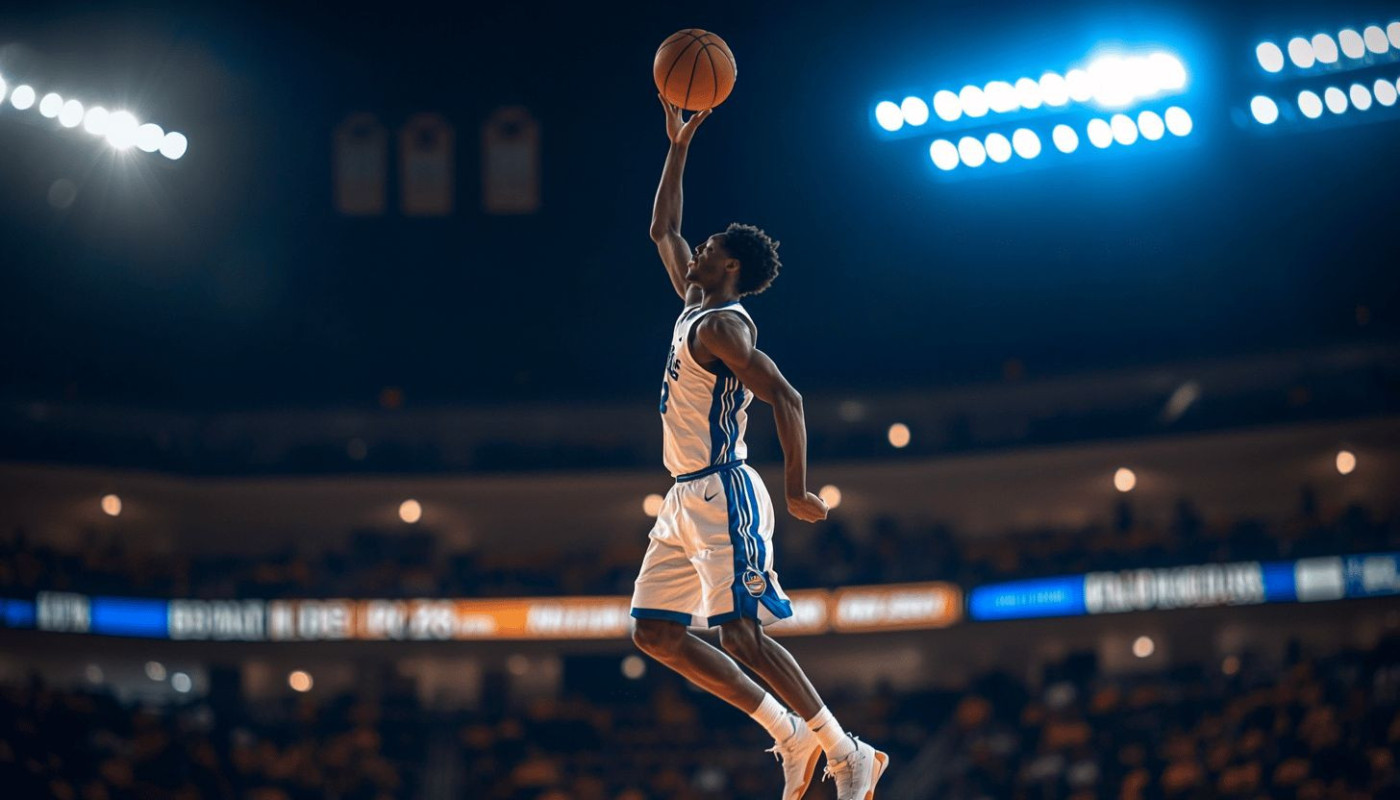Table of contents
The landscape of college basketball undergoes a significant transformation each year as early entries into the NBA draft reshape teams and coaching strategies. This annual shift not only alters the competitive balance but also raises questions about player development and the underlying economics of the sport. Dive into the dynamics of how early departures to the professional ranks impact the collegiate game, and explore the multifaceted consequences that ripple through universities, conferences, and the fans' experience.
The Impact on Team Composition and Strategy
When college basketball teams experience early NBA draft entries, the immediate effect is often a significant shift in team composition. The exodus of seasoned players prematurely ends their collegiate careers, leaving a gap that coaches must fill. This roster turnover presents numerous recruiting challenges as coaches scramble to find suitable replacements. Adaptations in team strategy become imperative to accommodate the influx of less experienced players, often leading to a greater reliance on freshmen. These newer team members may lack the nuanced understanding of the game that their predecessors possessed, potentially disrupting on-court chemistry and stunting player development.
The absence of key veterans can cause a team's performance to dwindle, as they are frequently the backbone of a squad, providing leadership and stability. The 'one-and-done' phenomenon, where players depart for the NBA after their freshman year, exacerbates these issues, making it increasingly difficult for coaches to cultivate a consistent, winning team dynamic. This cycle necessitates a continual process of adjustment and recalibration of both individual roles and collective strategy. The head coach, as the architect of the team's framework, must navigate these challenges, maintaining a balance between securing emerging talent and fostering a cohesive unit that can compete at the highest levels of college basketball.
Changes in Recruitment and Scholarships
The emergence of early NBA draft entries has significantly altered the landscape of college basketball, particularly in the domains of recruitment and scholarship distribution. College coaches, faced with the task of building competitive rosters, must now exercise increased recruiting foresight. They are often required to predict which athletes might leave for the NBA before completing their collegiate eligibility, affecting how scholarships are offered and managed. This shift has led to a heightened search for NBA-ready talent—players who exhibit the skillset and physical attributes to potentially thrive at a professional level immediately after being drafted.
Consequently, scholarship allocation has become a more complex strategic endeavor. Coaches must balance the need for experienced scholarship players who can contribute over several seasons with the desire to attract top-tier talent that may only stay for a year or two. This balancing act can contribute to a transient team culture where long-term development is traded for short-term gains. Athletic directors and coaching staff are therefore increasingly considering the concept of 'redshirting', a strategy to extend an athlete's period of playing eligibility, to smooth out the fluctuations in team composition and maintain a stable program. These adaptations in recruitment philosophy and scholarship management are indicative of the evolving dynamics in college basketball driven by early entries into the NBA draft.
Effects on NCAA Tournament Dynamics
Early draft entries have a significant impact on the competitive landscape of the NCAA tournament, often heightening tournament unpredictability. As standout players opt for the NBA Draft, their former teams may face a sudden gap in skill and leadership. This shift tends to level the playing field, providing underdog teams a better chance at success. These underdogs, sometimes laden with veteran experience, can capitalize on the talent disparity when they confront teams that have lost their star players to the draft. Consequently, the departure of top athletes can lead to an environment where seasoned players become invaluable, altering the dynamics of 'March Madness' and enhancing the competitive balance. A deep understanding of these changes from a seasoned sports analyst or an NCAA official would confirm the intricate interplay between raw talent and the cultivated strategy that defines college basketball's most celebrated tournament.
The Fan Experience and College Basketball Culture
Fan engagement in college basketball is profoundly shaped by the connections supporters forge with the players. When a standout athlete declares for the NBA draft, the ripple effect touches on various aspects of team dynamics and fan allegiance. On one hand, there is a certain thrill in witnessing potential professional prospects hone their skills before embarking on an illustrious athletic career. Observers take pride in having seen the growth of a future star from their formative collegiate days.
Conversely, the premature departure of fan favorites can also disrupt player attachment and team loyalty. The continuous cycle of early entries into the draft may hinder the development of long-term bonds between players and fans, a cornerstone of college basketball culture. School spirit, a technical term that captures the essence of this connection, often thrives on the stability and continuity of a team's roster. When players leave earlier than expected, it can dilute the traditions and sense of continuity that are pivotal to a rich and vibrant fan experience.
Economic Implications for College Programs
The decision of star athletes to leave college basketball early for the NBA draft carries significant economic impact for their former college programs. One of the most immediate effects is on ticket sales. Star players are major draws for fans, and their departure can lead to a decrease in game attendance and consequently, a dip in ticket revenue. Merchandising revenue is also affected, as jerseys and other gear bearing the names and numbers of these young stars become less sought after once they transition to the professional arena.
On the flip side, the ability of a program to produce NBA-level talent can positively influence program attractiveness and recruit appeal. When recruits see that a college has a track record of developing players who make it to the NBA, they are more likely to consider attending in the hope of enhancing their own prospects. This prestige can lead to increased funding from alumni and other donors, enthused by the program's success. In the arena of revenue-generating sports, like college basketball, the financial stakes are high, and the ripple effects of player decisions extend far and wide. A university's financial officer or a sports economist could provide deeper insights into these financial dynamics.
For a deeper dive into how the early NBA draft entries can pose questions about the dynamics of college basketball, one might consider reading more on the topic. As an example, the website link leads to a page that explores such issues within the context of Arkansas basketball and the prospects of players like Richmond Knox.
Similar articles



